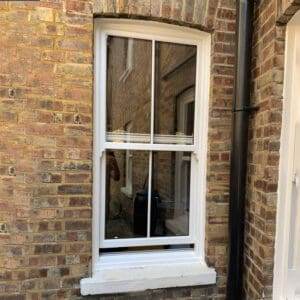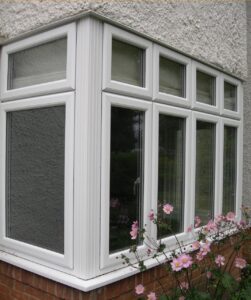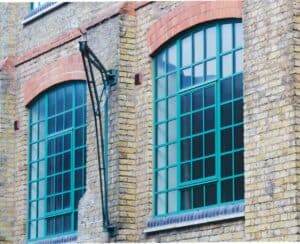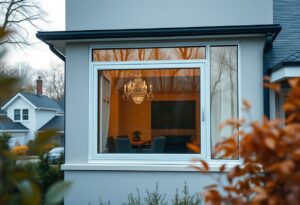Antiquated and charming, old windows and doors add character to our homes. However, beneath their aesthetic appeal lies a hidden danger: lead. The presence of lead in these fixtures poses a serious health risk, particularly to young children and pregnant women. In this blog post, we will delve into the importance of lead safety when renovating homes with old windows and doors. We will discuss the potential hazards of lead exposure, the legal requirements for lead-safe renovation practices, and the steps homeowners can take to protect themselves and their families. Whether you are a homeowner or a professional renovator, awareness of lead safety is crucial for the well-being of all occupants during home improvements.
Key Takeaways:
- Lead paint can be present in old windows and doors, posing a serious health risk, especially to children and pregnant women.
- When renovating homes with old windows and doors, it is crucial to take precautions to avoid lead exposure.
- Proper lead testing should be conducted before any renovation work begins to determine the presence of lead in the paint.
- It is essential to hire certified professionals who are trained in lead-safe practices to carry out the renovation work.
- Always follow lead-safe work practices such as containment, dust control, and proper cleanup to ensure the safety of occupants and workers.
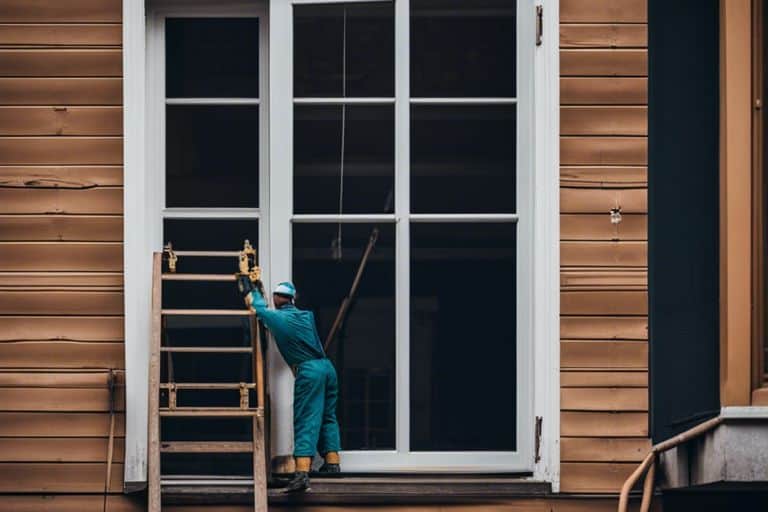
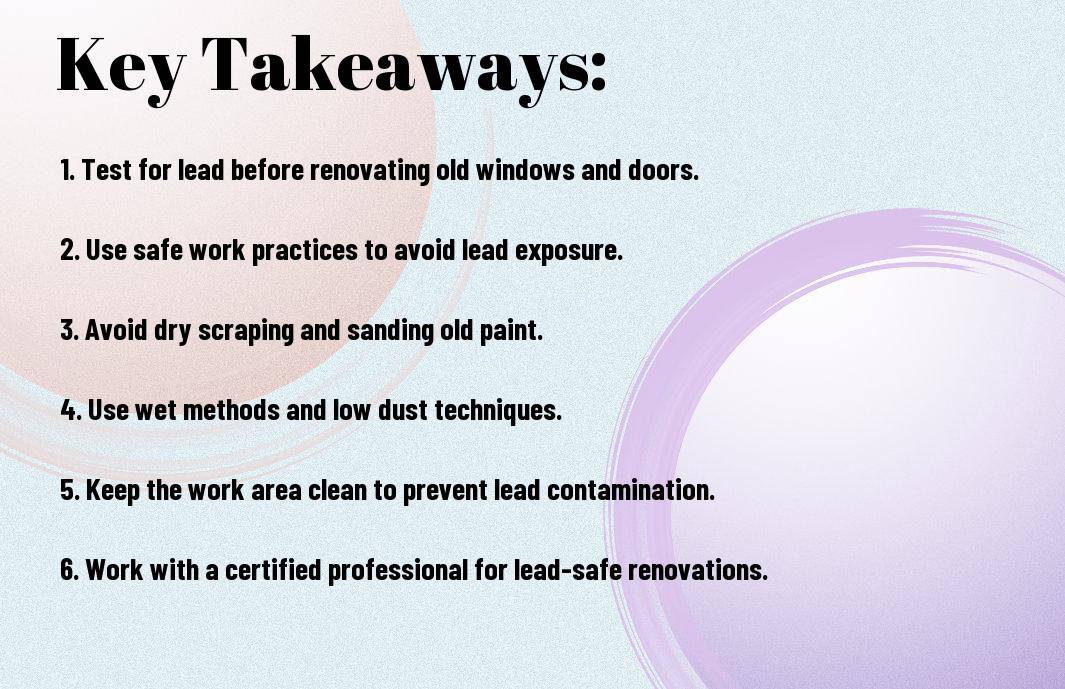
Understanding Lead Exposure
Lead exposure occurs when lead particles are inhaled, ingested, or come into contact with the skin. It is important to understand the sources of lead in old homes and the health impacts of lead poisoning in order to effectively renovate and maintain old windows and doors.
Sources of Lead in Old Homes
Old windows and doors are common sources of lead in older homes, as they may have been painted with lead-based paint. When the paint deteriorates or is disturbed during renovation work, it can release lead particles into the air, which can be inhaled or ingested. Additionally, lead can be present in the soil surrounding old homes, particularly near exterior paint that has chipped or peeled.
Health Impacts of Lead Poisoning
Lead poisoning can have serious health effects, especially in children and pregnant women. Even low levels of lead exposure can cause damage to the brain and nervous system, leading to learning and behaviour problems. In severe cases, lead poisoning can result in seizures, coma, and even death. It is important to be aware of the symptoms of lead poisoning, such as abdominal pain, headaches, and fatigue, and seek medical attention if exposure is suspected.
Lead poisoning is entirely preventable, and early detection is crucial for mitigating its effects. By understanding the sources of lead in old homes and the potential health impacts of lead poisoning, homeowners and renovators can take the necessary precautions to ensure the safety of their families and the wider community. Regular testing for lead levels and safe renovation practices are essential in minimising the risk of lead exposure and its detrimental effects.
Regulatory Standards and Best Practices
When it comes to renovating homes with old windows and doors, adherence to regulatory standards and best practices is crucial to ensuring the safety of occupants and workers. The Environmental Protection Agency (EPA) has outlined a comprehensive guide for lead-safe renovations, which is essential for anyone undertaking such projects. For more information, you can refer to the Lead-Safe Renovations for DIYers | US EPA on the EPA website.
EPA Lead-Safe Certification Program
The EPA runs a Lead-Safe Certification Program that aims to train and certify renovators in lead-safe work practices. This program is designed to ensure that professionals working on old windows and doors are equipped to identify and mitigate lead hazards effectively. By becoming certified under this program, renovators can demonstrate their commitment to protecting the health and safety of building occupants and their own teams.
Renovators are encouraged to follow the EPA’s guidelines, which include specific requirements for lead-safe work practices, such as containment and waste disposal. These guidelines are crucial in preventing lead exposure and contamination during renovation projects. By adhering to these best practices, renovators can minimise the risk of lead poisoning and contribute to a safer environment for all.
In addition to the EPA guidelines, renovators should also be aware of local regulations and standards related to lead safety. Staying informed and up to date on these requirements is essential for compliance and ensuring the highest level of safety for everyone involved in the renovation process.

Renovation Techniques for Lead Safety
Inspection and Risk Assessment
Before starting any renovation work on old windows and doors, it is crucial to conduct a thorough inspection and risk assessment for lead contamination. This should be carried out by a certified professional who can identify potential areas of concern and assess the level of risk associated with the presence of lead-based paint.
During the inspection, areas such as window sills, frames, and door jambs should be carefully examined for any signs of lead paint. In addition, dust and debris samples should be taken to determine the extent of lead contamination and the appropriate safety measures to be implemented.
Removal and Replacement Strategies
When it comes to the removal and replacement of old windows and doors, it is essential to follow strict lead-safe practices to minimise the risk of lead exposure. This may involve carefully removing the existing fixtures and using containment methods to prevent lead dust from spreading throughout the renovation area.
In some cases, it may be necessary to replace the windows and doors entirely to eliminate the risk of lead exposure. This can be a cost-effective and long-term solution for ensuring lead safety in the home.
For more complex cases or for those unfamiliar with lead-safe renovation practices, it is highly recommended to seek the assistance of a professional lead abatement contractor who is trained in the safe removal and disposal of lead-contaminated materials. This will ensure that the renovation process is carried out in a thorough and safe manner.
Containment and Cleanup Methods
During the renovation process, it is vital to employ effective containment and cleanup methods to prevent the spread of lead dust and debris. This may include using plastic sheeting to seal off the work area, as well as employing HEPA vacuuming and wet cleaning techniques to remove any lead particles that may be present.
It is important to note that the use of power tools such as sanders or grinders can create lead dust, therefore, it is essential to use appropriate dust extraction and containment systems to minimise the risk of lead exposure during the renovation process.
Safe Disposal of Lead-Contaminated Materials
Once the renovation work is complete, it is essential to ensure the safe disposal of any lead-contaminated materials. This may include disposing of lead-based paint chips, dust, and debris in accordance with local regulations and environmental guidelines to prevent any potential harm to the environment and public health.
It is crucial to work with licensed waste disposal contractors who are experienced in handling lead-contaminated materials, as improper disposal can lead to serious environmental and health risks.
Prevention and Education
When renovating homes with old windows and doors, it is crucial to prioritise Replacing Doors, Windows and Trim to reduce the risk of lead exposure. Homeowners and professionals involved in renovation projects should be aware of the potential dangers and take necessary precautions.
Homeowner Awareness and Prevention Tips
Homeowners should be aware of the risks associated with lead paint and dust, and take precautionary measures before starting any renovation work. This includes using personal protective equipment such as masks and gloves, and making sure that the work area is properly contained to prevent the spread of lead dust.
- Ensure that your family, including young children and pregnant women, stay away from the renovation area.
- Use wet methods and HEPA-filtered vacuums to clean up debris and dust.
- Regularly clean the work area and test for lead to ensure safety
Assume that lead is present and take necessary precautions.
Training Resources for Professionals
Professionals involved in renovation projects should undergo specialised training to learn how to safely work with lead-based materials and prevent lead exposure during their work. The training should cover proper containment and removal techniques, as well as the use of protective equipment to reduce the risk of lead exposure. It is important for professionals to stay updated on regulations and guidelines related to lead safety in renovation work.
For more information on training resources for professionals, visit the Minnesota Department of Health website.
Lead Safety – Renovating Homes with Old Windows and Doors
In conclusion, renovating homes with old windows and doors requires careful consideration and implementation of lead safety measures. The potential health risks associated with lead exposure cannot be understated, and it is imperative that homeowners, contractors, and renovation professionals take the necessary precautions to prevent lead contamination. This includes conducting thorough testing for lead-based paint, using safe removal and disposal techniques, and ensuring proper cleanup and ventilation during the renovation process. By prioritising lead safety, we can protect ourselves and our communities from the harmful effects of lead exposure, and create healthier, safer homes for future generations. It is our responsibility to take the necessary steps to ensure that the renovation of old windows and doors is done in a way that prioritises the safety and well-being of all involved.
Lead Safety – Renovating Homes with Old Windows and Doors
Q: Why is lead safety important when renovating homes with old windows and doors?
A: Lead paint was commonly used in homes built before 1978, and when disturbed during renovations, it can pose serious health risks, especially to children and pregnant women.
Q: How can I determine if my home has lead-based paint on the windows and doors?
A: The only way to accurately determine the presence of lead-based paint is to have a certified professional conduct a lead inspection or risk assessment.
Q: What precautions should I take when renovating a home with old windows and doors to ensure lead safety?
A: Before starting any work, it is important to thoroughly cover and seal off the work area to prevent lead dust from spreading. Additionally, using proper personal protective equipment and following safe work practices is crucial.
Q: Can I remove lead-based paint from windows and doors myself?
A: It is not recommended for untrained individuals to attempt to remove lead-based paint. Hiring a certified professional to safely remove the lead-based paint is the best course of action to ensure safety.
Q: What should I do if I suspect lead exposure during a renovation project?
A: If you suspect that you or anyone else may have been exposed to lead dust during a renovation, seek medical advice immediately. It is important to act quickly to prevent further exposure and address any potential health risks.



